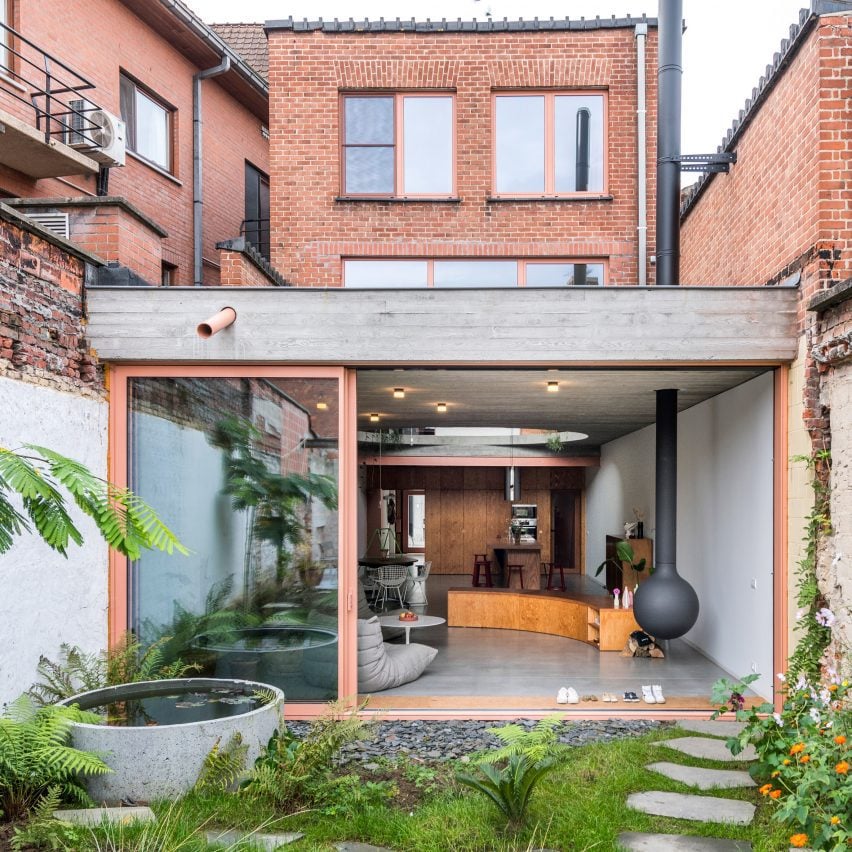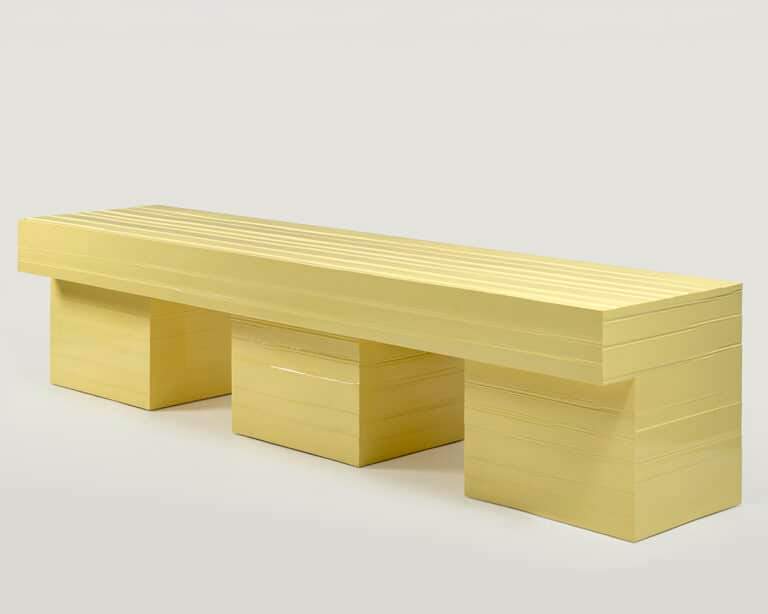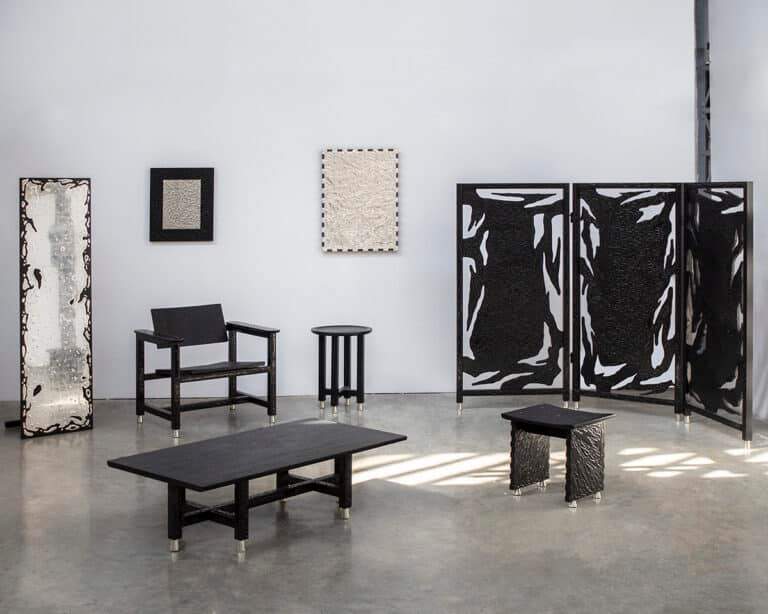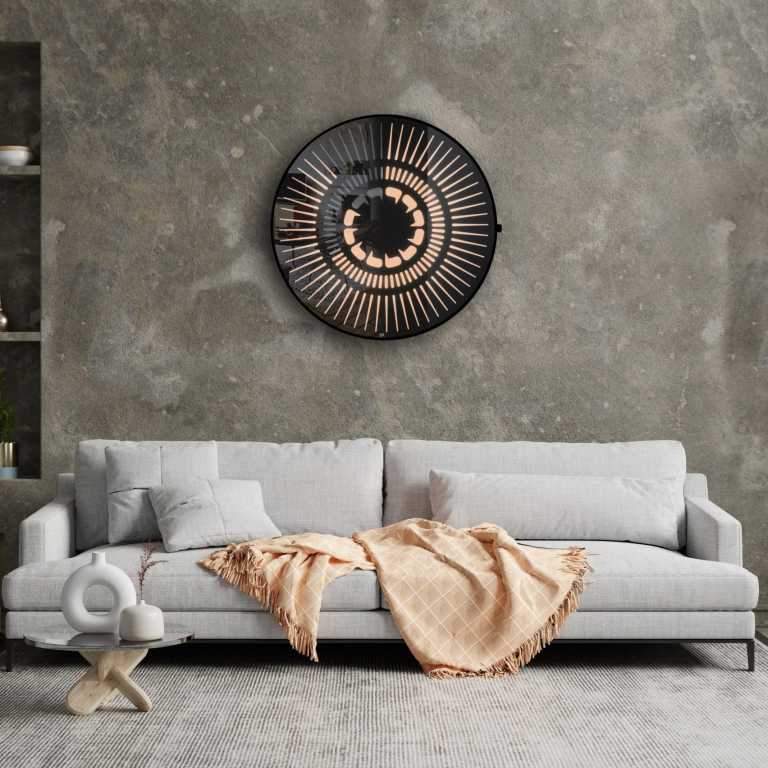Designers drew on the legacy of clay‑court tennis at Roland Garros to frame this concept for the Terracotta Tennis Arena. Over decades, that red clay saw countless high‑stakes matches. The design echoes those storied battles by using spiraling terracotta shards that recall ancient weapons or armor fragments. As they rise in a helix, they symbolize the player’s journey: each level brings new challenges and creative breakthroughs. This link between past athletic feats and modern design creates a narrative that players and visitors can feel from the moment they arrive.



Terracotta Shards and Façade Layout
The façade features large terracotta panels arranged in a precise spiral.
- Panels stand between 5 m and 12 m tall.
- Each tile tilts at no more than 30° for balanced sunlight and shadow.
- Steel anchors secure the panels; silicone joints absorb thermal movement.
This layout turns the exterior into a living sculpture. As daylight shifts, the terracotta glows in warm hues, then deepens to rich reds by evening. The result stays visually engaging without being overly complex. It also offers practical benefits: sun shading and a dynamic backdrop for the courts.
How the Design Affects Player Experience
The façade’s form does more than look striking—it improves training conditions:
- Variable shade cuts glare and reduces court heat.
- Directional angles create visual cues that help players judge ball spin and depth.
- Artistic setting boosts focus and heightens motivation by surrounding athletes with a powerful visual story.
By blending sport and art, the arena becomes more than a training ground. Players train amid a structure that responds to light and movement, sharpening both their skills and their engagement.



Integration of Art and Function
The project balances beauty with utility through:
- Terracotta surface that insulates sound and heat.
- Carved angles that channel natural airflow, cutting reliance on mechanical cooling.
- Tiered gaps that hide lighting and monitoring equipment without marring the sculptural form.
Each feature serves a purpose. The structure meets strict performance standards while offering an immersive art piece. This synergy shows how modern sports venues can unite aesthetics and operations.
Sustainability and Material Choices
The design team prioritized eco‑friendly materials and local sourcing:
- They chose locally fired terracotta to cut transportation emissions and support regional production.
- They used eco‑coated steel anchors that resist rust without harmful chemicals.
- They installed natural fiber insulation in joints to improve thermal performance.
These steps extend the building’s lifespan, lower maintenance costs, and reduce its environmental footprint. The result stands as a model for how sports facilities can adopt green practices from day one.



Key Design Elements
| Element | Brief Description |
|---|---|
| Terracotta Shards | Spiral‑arranged panels that regulate light and shade. |
| Carved Angles | Slanted shapes that guide airflow and provide visual markers. |
| Insulating Layers | Silicone and natural fibers that control temperature and sound. |
| Steel Anchors | Corrosion‑resistant fasteners with eco‑friendly coating. |
| Local Clay | Regionally sourced terracotta that cuts emissions and boosts supply. |


Frequently Asked Questions (FAQ)
- What purpose do the terracotta shards serve?
They control light and shade, reduce court heat, and inspire players visually. - How do the angled panels aid ventilation?
They form channels that funnel fresh air through the façade. - Are the materials recyclable?
Yes. The clay panels break down naturally, and the steel anchors meet eco‑coating standards. - Does the design work in hot climates?
The insulation and shading keep interior temperatures comfortable without extra energy use. - Can this concept apply to other venues?
Designers can adapt the spiral terracotta idea to suit local climates and materials.
Summary of Key Points
| Main Point | Brief Description |
|---|---|
| Historical Inspiration | Spiraling terracotta reflects Roland Garros’s clay‑court legacy. |
| Terracotta Façade | Dynamic panels that interact with sunlight and shade. |
| Player Experience | Enhanced comfort, visual cues, and motivational setting. |
| Art and Function | Integrated design that meets performance and aesthetic goals. |
| Sustainability | Local materials and eco‑friendly choices ensure long‑term value. |







